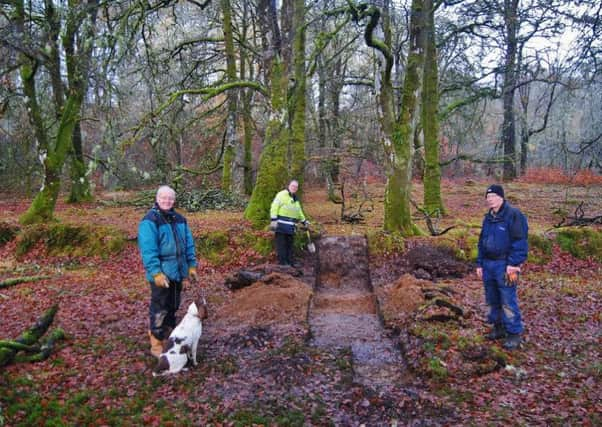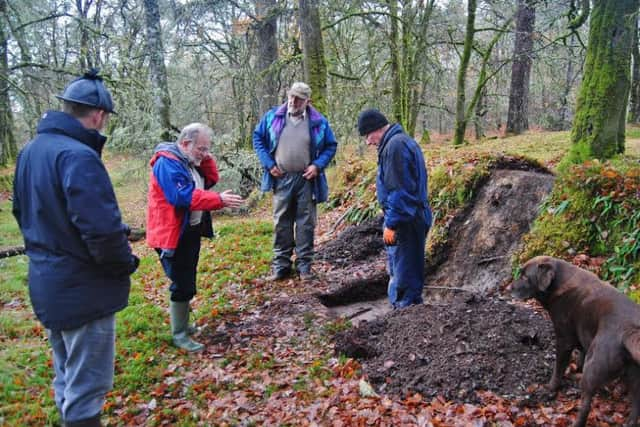Myth of Highland clan road dispelled after 150 years


Banquo’s Walk runs through woodland near Fort William, Lochaber, and is named after the semi-historical figure who features in Shakespeare’s 1606 play.
It has long been held that Banquo’s Walk was a ceremonial route leading to Tor Castle, a site once occupied by Clan Macintosh and Clan Cameron.
Advertisement
Hide AdAdvertisement
Hide AdClan chiefs claimed Banquo, the Thane of Lochaber and ally of Macbeth, as a ancestor with it long believed that Banquo’s Walk, first listed by Ordnance Survey in 1872, was a ceremonial route to the castle.


However, archaeologists have found that the unusually wide avenue was likely formed by clay mining in the 19th Century.
In November this year, a survey and other research was carried out by Lochaber Archaeological Society in conjunction with staff from AOC Archaeology’s Inverness office.
They found that, in contrast to other old roads, Banquo’s Walk consisted of an “inconsistently low-lying, inexplicably wide surface” defined by banks on both sides - “leading from nowhere and terminating abruptly”.


There was no logical explanation for its use as a road, much less a ceremonial route, the archaeologists said.
Society member Clive Talbot said: “Our excavation revealed indeed that there was no road surface present over the defined area of Banquo’s Walk - it was in fact the location of a natural clay layer that was clearly present out with the banks, but was largely missing from within the bank.
“Looking at the surviving natural layers and after further excavation through the banks, we realised that the surface of Banquo’s Walk had been lowered by the removal these natural deposits and the banks had been built with the upcast.”
